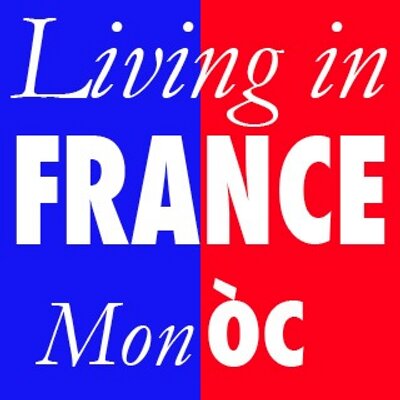 Ewa Zebrowski is a Montreal-based photographer who recently spent 10 "magical" days in Provence. She sent me the following photos and text, which I'm delighted to share with you here. Her contact info appears at the end of the photo essay.
Ewa Zebrowski is a Montreal-based photographer who recently spent 10 "magical" days in Provence. She sent me the following photos and text, which I'm delighted to share with you here. Her contact info appears at the end of the photo essay.What would a trip to Provence be without the art? I left for Provence knowing I wanted to see the Cezanne-Picasso exhibition at the Musee Granet in Aix. I never imagined that I would have a chance to see the atelier where Cezanne had worked, the bed where Van Gogh had slept and the chateau where Picasso spent the last days of his life. It's one thing to go to a museum and see great works of art. It's another to experience the places where great artists worked and lived.
I had heard about the asylum where Van Gogh lived at the end of his life (1889-1890), located near St. Remy de Provence some 32 km from Arles. I never expected to discover such a beautiful garden, building and cloister and to be so moved standing in his room seeing his small bed and seeing, with my eyes, the same view he had seen years ago. I could feel his presence and the burden of those years. I had not realized how prolific he had been while living at Saint-Paul-de-Mausole, producing many paintings including the acclaimed, well known Starry Night (1889).

In Aix I discovered that Cezanne’s atelier was close to the center of town. It's as Cezanne left it. One enters the studio on the second floor, a large high space full of selected remnants of Cezanne’s life. One sees his clothes still hanging on hooks on the wall, a few still life arrangements, his easels, paints and other reminders of his presence. One wonders who made the decision to keep the place intact and if in fact the objects are exactly where he had left them. The light in the atelier is bright, north light...a place for contemplation. While walking to his studio one notices a black and white archival photo of the atelier on permanent display in the street. Today the building is virtually hidden by vegetation.
To my great disappointment, I only saw the exterior of the Chateau de Vauvernagues. Even though we arrived at the Musee Granet before 9 a.m. to purchase tickets, we were too late. Apparently they had sold out shortly after they went on sale in January 2009 and only 30 or so are available daily. Nevertheless we decided to drive to the small town of Vauvernagues situated at the foot of Mont Sainte-Victoire, so important in the work of Cezanne. We hoped to catch a glimpse of the chateau and hoped, having traveled all the way from Canada, that we would be allowed to visit once there. A naïve wish! In 1958 Picasso had moved to the chateau. Today he and Jacqueline Rogue are buried there. The chateau is furnished and decorated as Picasso left it; many bronze sculptures remain, although there are no longer any paintings either by Picasso or from his private collection.

The chateau is owned by Catherine Hutin, Jacqueline's daughter by her first marriage. She has opened the premises to the public for the first (and possibly last) time since 1973, in conjunction with the Musee Granet exhibiton.I was sad and frustrated that I was not able to visit Picasso’s last residence. I especially wanted to see the mural he had painted in the bathroom. I wondered what Picasso would have thought of these bureaucratic restrictions. What sense to have a museum that is virtually inaccessible to the public?
Artists die and leave a legacy of their work behind. We visit museums and galleries to see their work, but rarely do we see the places where they lived and worked, retrace their history and come to more intimately understand their parcours. These places of creativity give us a deeper appreciation. They remind us that these artists really existed in time and space, at once a humbling and inspiring realization.
Photos: Cezanne's Fruit, Van Gogh's Bed, Picasso's Chateau; copyright Ewa Zebrowski, 2009.
For info on the Cezanne Picasso Show and the Château de Vauvenargues: http://www.picasso-aix2009.fr/uk/exposition_granet.asp.
For info on the Atelier Paul Cezanne http://www.atelier-cezanne.com.
For info on Saint Paul de Mausole Monastery in St. Remy: 04 90 92 77 00.
To contact Ewa Zebrowski: www.ewazebrowski.com, ezebrowski@hotmail.com




























































.jpg)









How sad she missed Vauvenargues the chateau Picasso lived in.....were you able to get in? I would have loved to have seen it...
ReplyDeleteI was just at all of those locations you've mentioned including the Cezanne-Picasso exhibit at the Granet Museum. I'm not surprised that the tickets were sold out as the museum was crowded as it could be, and it was difficult to have some little space to view the artwork.
ReplyDeleteI linked your blog to my blog.